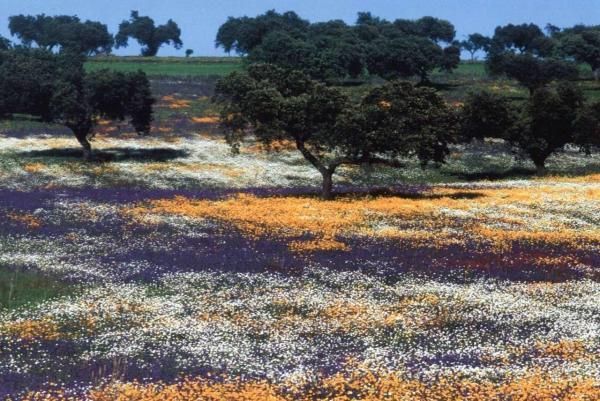Biodiversidad, Ecología y Evolución
Departamento


Harvard University
Cambridge, Estados UnidosPublicaciones en colaboración con investigadores/as de Harvard University (42)
2022
-
Guiding marine protected area network design with comparative phylogeography and population genomics: An exemplary case from the Southern Ocean
Diversity and Distributions, Vol. 28, Núm. 9, pp. 1891-1907
-
Lizard thermoregulation revisited after two decades of global warming
Functional Ecology, Vol. 36, Núm. 12, pp. 3022-3035
-
Molecular Analyses Place the Genus Keraunea Outside Convolvulaceae
Harvard Papers in Botany, Vol. 27, Núm. 2, pp. 221-227
-
Selecting the best candidates for resurrecting extinct-in-the-wild plants from herbaria
Nature Plants, Vol. 8, Núm. 12, pp. 1385-1393
-
Vindication of Physcomitrium pygmaeum (Funariaceae), an elusive and endangered moss from North America's Great Basin
Bryologist, Vol. 125, Núm. 4, pp. 528-540
2021
-
Adaptive divergence under gene flow along an environmental gradient in two coexisting stickleback species
Genes, Vol. 12, Núm. 3
-
Environmental association modelling with loci under divergent selection predicts the distribution range of a lizard
Molecular Ecology, Vol. 30, Núm. 15, pp. 3856-3868
-
Low genome-wide divergence between two lizard populations with high adaptive phenotypic differentiation
Ecology and Evolution, Vol. 11, Núm. 24, pp. 18055-18065
-
Recycling resources: Silica of diatom frustules as a source for spicule building in Antarctic siliceous demosponges
Zoological Journal of the Linnean Society, Vol. 192, Núm. 2, pp. 259-276
2020
-
A standard protocol for reporting species distribution models
Ecography, Vol. 43, Núm. 9, pp. 1261-1277
-
An in vivo brain–bacteria interface: the developing brain as a key regulator of innate immunity
npj Regenerative Medicine, Vol. 5, Núm. 1
-
Comparative metagenomics of palearctic and neotropical avian cloacal viromes reveal geographic bias in virus discovery
Microorganisms, Vol. 8, Núm. 12, pp. 1-24
2019
-
Delegating sex: Differential gene expression in stolonizing syllids uncovers the hormonal control of reproduction
Genome Biology and Evolution, Vol. 11, Núm. 1, pp. 295-318
-
Population substructure and signals of divergent adaptive selection despite admixture in the sponge Dendrilla antarctica from shallow waters surrounding the Antarctic Peninsula
Molecular Ecology, Vol. 28, Núm. 13, pp. 3151-3170
-
The combined use of raw and phylogenetically independent methods of outlier detection uncovers genome-wide dynamics of local adaptation in a lizard
Ecology and Evolution, Vol. 9, Núm. 24, pp. 14356-14367
2018
-
Brief Local Application of Progesterone via a Wearable Bioreactor Induces Long-Term Regenerative Response in Adult Xenopus Hindlimb
Cell Reports, Vol. 25, Núm. 6, pp. 1593-1609.e7
-
Considerations and consequences of allowing DNA sequence data as types of fungal taxa
IMA Fungus, Vol. 9, Núm. 1, pp. 167-175
2017
-
Insights into the origin of parthenogenesis in oligochaetes: Strong genetic structure in a cosmopolitan earthworm is not related to reproductive mode
European Journal of Soil Biology, Vol. 81, pp. 31-38
2016
-
Cryptic characters for cryptic taxa: On the taxonomic utility of the genital chaetae in earthworms (Oligochaeta, Hormogastridae)
Zoologischer Anzeiger, Vol. 264, pp. 17-28
-
Diversification patterns in cosmopolitan earthworms: Similar mode but different tempo
Molecular Phylogenetics and Evolution, Vol. 94, pp. 701-708